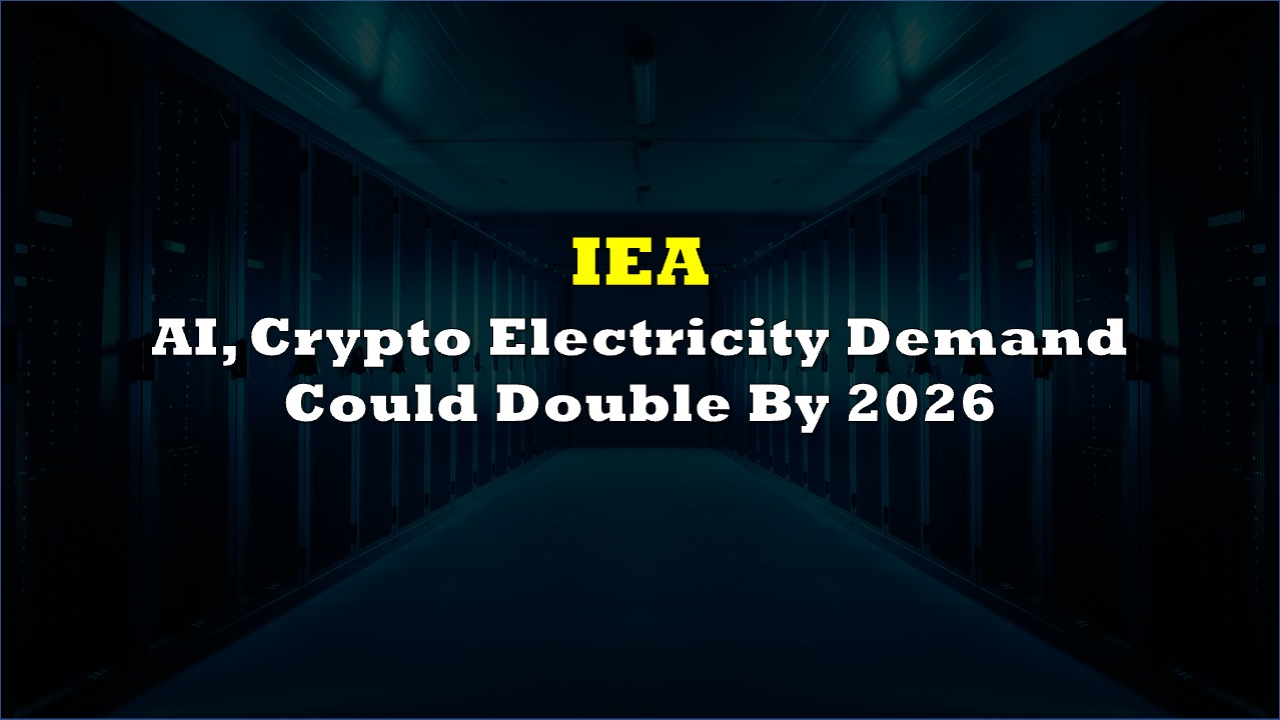Global electricity demand from data centers is expected to double by 2026, reaching over 1,000 terawatt-hours (TWh), according to a report by the International Electricity Agency (IEA). However, power generated from low-emissions sources, including wind, solar, and nuclear, is expected to be sufficient to meet the growing global demand for the next three years.
According to the report, which was released on Wednesday, the electricity generation from low-emissions sources is set to reach nearly half of the world’s power by 2026, up from less than 40% in 2023. This growth is driven by the increasing adoption of renewable energy sources, which are anticipated to surpass coal as a major contributor to total electricity generation by early 2025, accounting for over one-third of the total.
Furthermore, the IEA’s projections indicate that nuclear power will also reach a record high on a global scale. Factors contributing to this growth include the recovery of French nuclear output, the reactivation of several plants in Japan, and the commencement of operations of new reactors in various markets, including China, India, Korea, and Europe.
The report predicts an average rise in electricity demand of 3.4% from 2024 through 2026. A significant portion of this demand growth, approximately 85%, is expected to come from China, India, and Southeast Asia. China, despite forecasts for slower economic growth and reduced reliance on heavy industry, is projected to lead in terms of global electricity demand volume increase during this period.
In 2022, data centers, artificial intelligence (AI), and cryptocurrency already consumed an estimated 460 TWh, accounting for nearly 2% of the world’s total electricity demand. This surge in energy usage is equivalent to the electricity consumption of Japan.
Information for this story was found via Bloomberg, Reuters, IEA, and the sources and companies mentioned. The author has no securities or affiliations related to the organizations discussed. Not a recommendation to buy or sell. Always do additional research and consult a professional before purchasing a security. The author holds no licenses.











